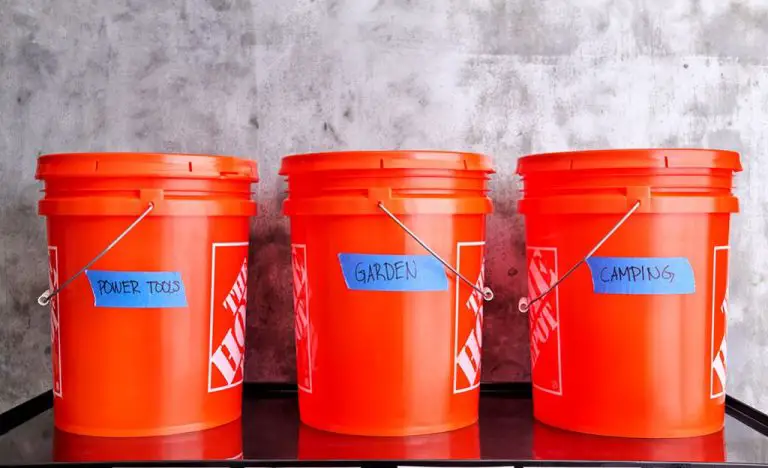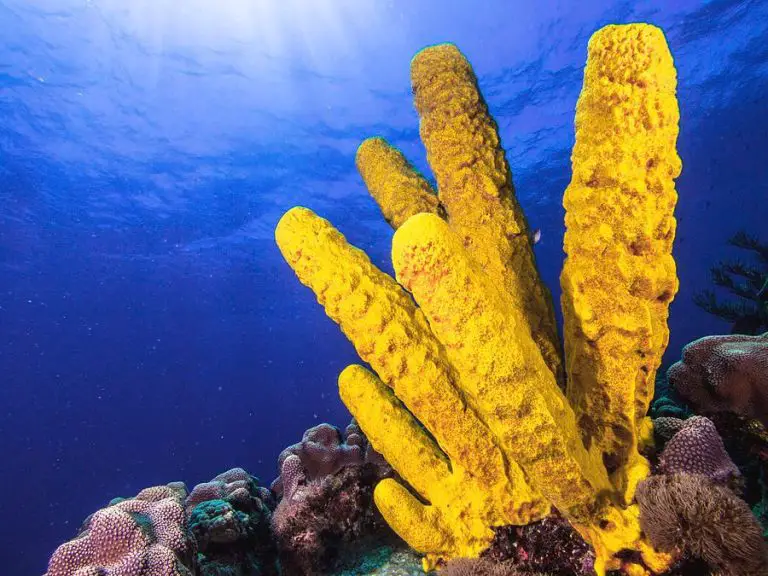Can I Put Propane In A Torch?
A propane torch, also known as a blow torch, is a tool that uses propane gas as a fuel source to produce a hot flame. Propane torches have a variety of uses, most commonly for soldering pipes, stripping paint, melting ice, lighting charcoal grills, and applying heat shrink tubing. They work by mixing propane gas with air and igniting it to create a targeted flame reaching temperatures up to 2500°F. Propane torches are popular for DIY, automotive, construction, and household applications due to their portability, adjustable heat settings, and relatively low operating costs compared to other torch fuels like MAPP gas or acetylene.
Propane torches allow for precise, direct application of high heat levels in a controlled manner. They can be used for tasks like brazing metal together, bending pipes, removing rusted bolts, igniting fires, and more. Propane torches provide an efficient, versatile source of concentrated heat for both indoor and outdoor uses. This makes them a staple tool for many homeowners, automotive enthusiasts, plumbers, construction workers, and hobbyists. Their safety features and ease of use also make propane torches beginner-friendly for those newer to metalwork and heat application tasks.
Propane Safety
Propane is a flammable gas that must be handled with care. While propane provides efficient fuel for torches and other applications, there are important safety precautions to take when using and storing propane.
According to AmeriGas (https://www.amerigas.com/about-propane/propane-safety), propane gas is heavier than air and leaking propane will collect in low areas. This means propane leaks pose a major fire and explosion risk. It’s critical to never store propane indoors or in enclosed, poorly ventilated spaces. Always store propane tanks outdoors.
Petro (https://www.petro.com/oil-propane/propane-safety-and-handling) recommends keeping the area around propane tanks and equipment free of debris and ignition sources. This includes clearing away dried leaves, twigs, paper, and other flammable materials. Avoid using electrical devices near propane to reduce sparks and ignition risks.
In summary, key propane safety practices include proper outdoor storage, keeping ignition sources away, and maintaining clear areas around propane equipment. Following basic precautions helps ensure safe use of propane gas.
Using Propane in Torches
Propane can be used safely and effectively in many different types of torches. Some key things to note about using propane as a torch fuel:
Propane produces a hotter flame than butane, reaching temperatures over 3,500°F. This makes it a good fuel choice for high-temperature applications like metalworking, jewelry making, and glass blowing 1. Propane torches can be used for soldering, brazing, bending, and welding metals.
Many hardware propane torches designed for home use can run on either propane or butane fuel. So propane can be safely used in these dual-fuel torches. Specific propane torch models include the Bernzomatic TS8000, MagTorch MT 250, and Hot Max 500G 2.
Compared to MAPP gas, propane is less expensive and more readily available. Propane tanks used for grills can be refilled easily. So for many applications, propane offers a convenient and cost-effective torch fuel option.
Propane Torch Models
Some popular propane torch models include:
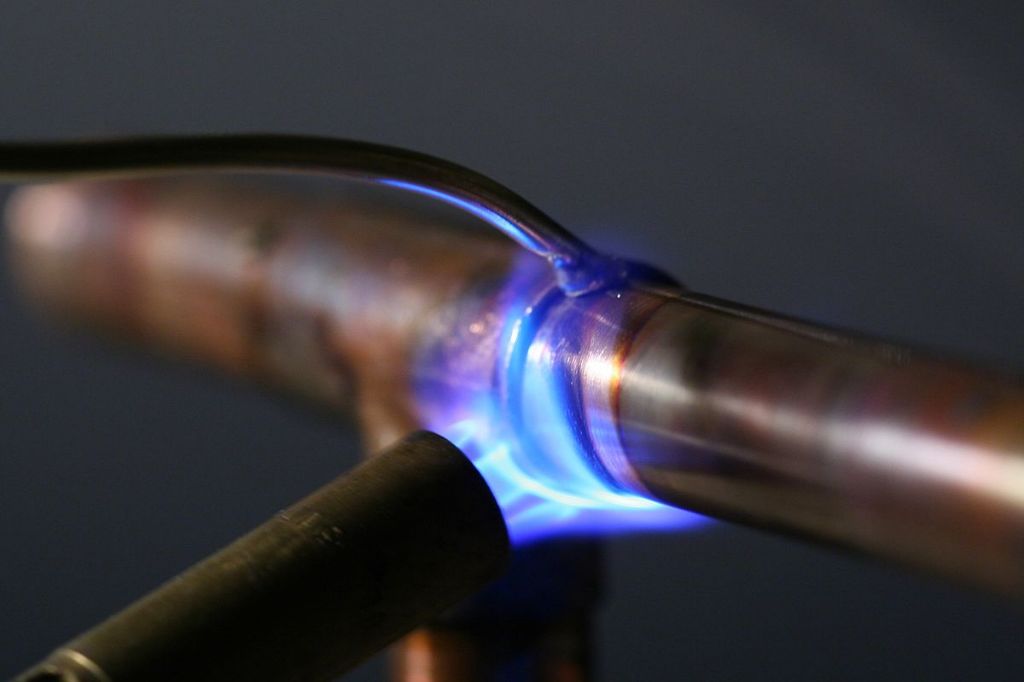
- Bernzomatic TS8000 – High intensity trigger start torch that can reach temperatures up to 2,500°F (https://www.thomasnet.com/articles/machinery-tools-supplies/best-propane-torch/).
- MagTorch MT200C – Adjustable flame torch with a max temperature of 2,500°F (https://www.homedepot.com/p/Mag-Torch-Propane-Self-Igniting-Torch-Kit-MT200C/205337059).
- Red Dragon VT 2-23 C – Compact mini torch capable of 2,300°F for soldering and heat treating (https://www.homedepot.com/p/Red-Dragon-2-23C-Propane-VT-Torch-Kit-with-Squeeze-Valve-VT-2-23-C-K/303876838).
- Hot Max 500G – Standard general use torch that burns up to 2,100°F for brazing and roofing (https://www.garagejournal.com/forum/threads/propane-torch-recommendations.498117/).
When choosing a propane torch, it’s important to select one that provides the right intensity and temperature for the intended application.
Filling a Torch with Propane
Filling a propane torch is a straightforward process, but it’s important to follow safety precautions. Here are step-by-step instructions for properly filling a propane torch:
Step 1: Make sure the torch is completely cool and disconnected from any fuel source. Never fill a hot or operating torch.
Step 2: In a well-ventilated outdoor area, point the torch nozzle away from yourself and others. Ensure the torch switch is in the “off” position.
Step 3: Remove the nozzle or fuel canister from the torch. Different torch models may require slightly different disassembly to access the fuel chamber.
Step 4: Check that the filler nozzle on your propane fuel tank matches the intake valve on the torch. They should connect securely.
Step 5: Slowly open the propane tank valve while listening for any hissing sound, which means there is a leak. Tighten all connections if needed.
Step 6: Fill the torch fuel chamber for about 10 seconds. Avoid overfilling. The torch may have a fuel window to check fill levels.
Step 7: Close the propane tank valve and disconnect the tank from the torch.
Step 8: Reassemble the torch nozzle. Your torch is now ready for use.
Always refer to the manufacturer’s instructions for your specific torch model. With proper filling procedures, propane torches can be safe and effective tools.
Propane Torch Maintenance
Propane torches require some basic care and maintenance in order to keep them working properly. Here are some tips for taking care of your propane torch:
Clean the torch tip regularly by wiping away any residue buildup with a damp cloth. Carbon deposits can prevent the flame from burning evenly. For heavy buildup, use a brass wire brush designed for torch tips (source).
Inspect o-rings and seals and replace any that are cracked or damaged. Worn o-rings can cause propane leaks (source).
Lubricate o-rings periodically with a small amount of o-ring lubricant to help maintain a tight seal (source).
Clear clogs from the torch head using a fine wire. Clogs prevent proper gas flow and flame consistency.
Store the torch upright and detach the fuel cylinder when not in use so the hose doesn’t get bent or kinked (source).
Replace the hose if it shows signs of wear, cracks, or brittleness. Old hoses can split and cause dangerous leaks.
Propane Torch Uses
Propane torches have many uses across a variety of industries and applications. Some of the most common uses for propane torches include:
Metalworking
Propane torches are commonly used in metalworking for purposes like soldering, brazing, cutting, bending, and heat treating metals. The high heat from a propane torch makes it effective for joining metals or modifying their shape (Source: https://www.woodsmith.com/review/propane-torch-uses/).
Plumbing
Plumbers often use propane torches for soldering pipes, thawing frozen pipes, and loosening seized bolts and fittings. The focused heat can target small areas and allow plumbers to work quickly (Source: https://blog.masterappliance.com/discover-these-8-professional-uses-for-a-propane-torch/).
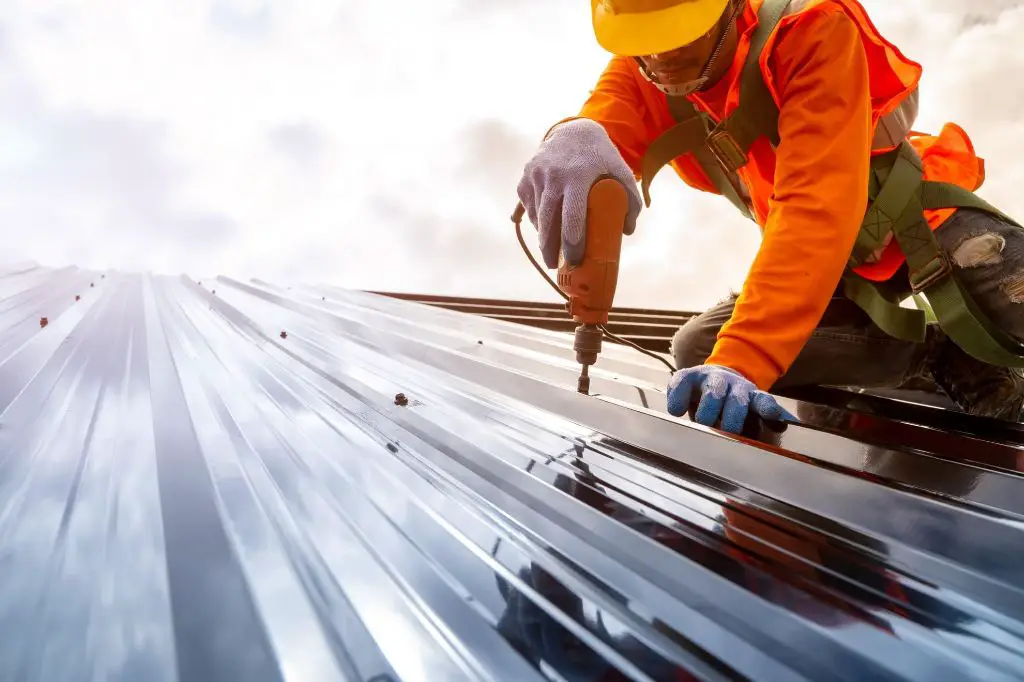
Construction
In construction, propane torches may be used for applying roofing materials like rolled roofing or bitumen sheets. The heat from the torch adheres the materials to the roof surface. Propane torches can also remove paint and varnish during remodeling jobs.
Automotive
Mechanics often keep a propane torch on hand to help with repairs. Common automotive uses include loosening rusted bolts, bending metal tubes, removing paint and rust, and heat shrinking electrical connections.
Propane vs Other Fuels
Propane is a common fuel used in torches, but other fuel options like MAPP gas are available. MAPP gas (methylacetylene-propadiene) is a fuel that burns hotter than propane. The max temperature of MAPP gas is around 2900°F compared to propane which burns around 2500°F. This makes MAPP better for high-temperature applications like brazing or welding thicker metals.
However, propane has some advantages over MAPP gas. Propane is more widely available and usually cheaper per BTU of heat output. Propane also produces a softer, more gentle flame which makes it preferable for more delicate tasks like soldering electronics. The higher temperature of MAPP gas can actually damage some components.
Many plumbers and HVAC technicians prefer propane for soldering and sweating pipes because it provides good heat without being overkill. The hotter MAPP gas flame can scorch or anneal the copper. Overall propane offers a good balance of availability, cost effectiveness, and adjustability for many torch applications which makes it a popular choice.
Sources:
https://eggheadforum.com/discussion/1190441/at-the-store-right-now-need-help-map-vs-propane
Propane Torch Safety
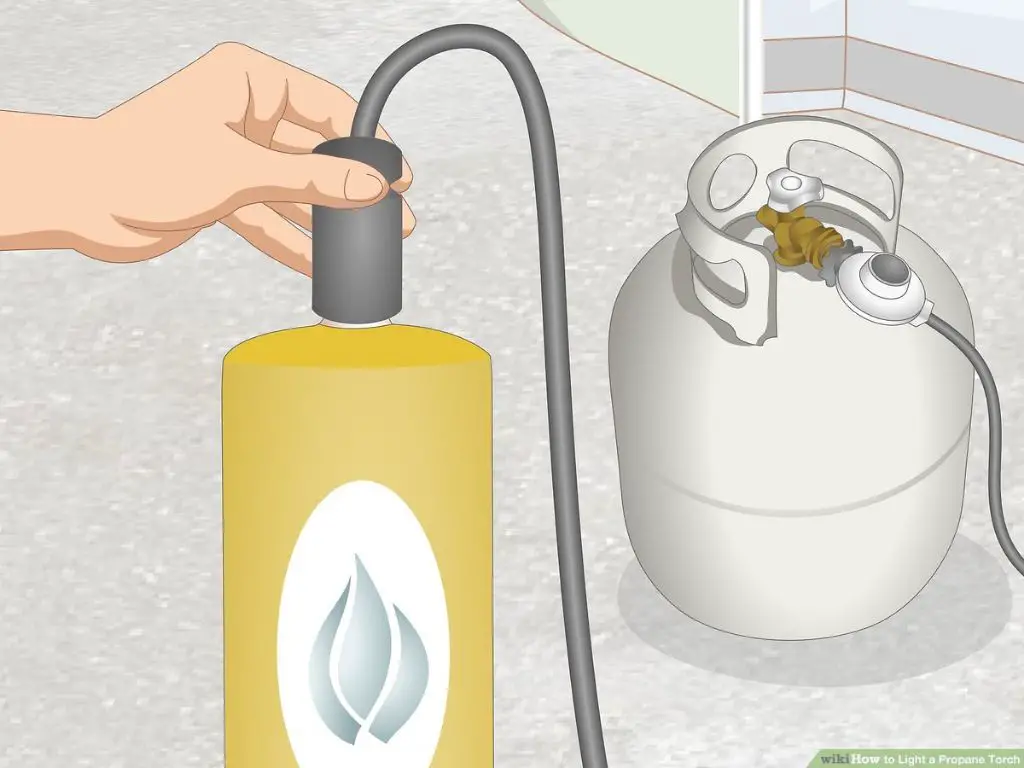
When using a propane torch, it’s important to follow safety precautions to avoid injury or property damage. Here are some best practices for safe propane torch operation:
Wear protective gear like heat-resistant gloves, safety goggles, and a face shield to protect your hands, eyes and face from burns (Bernzomatic). Check for leaks by applying a soap and water solution to propane connections and watching for bubbles. Fix any leaks before operating the torch.
Use the torch in a well-ventilated area since propane consumption can lower oxygen levels. Avoid igniting the torch near flammable substances or vapors. Have a fire extinguisher on hand in case of accidental ignition of materials.
Never leave a burning propane torch unattended. Keep the propane cylinder upright to avoid leaks, and position it at a safe distance from your work area. Turn the propane off immediately when done using the torch.
Allow time for the torch nozzle to cool before touching it or changing parts. Store propane cylinders outdoors or in a well-ventilated area when not in use. Dispose of empty containers properly.
Conclusion
To recap, yes, propane can absolutely be used in torches. Propane torches are a common tool used for many applications including brazing, soldering, heat treating metals, removing paint and rust, melting ice, igniting wood and charcoal grills, and more. The key takeaways around using propane in torches are:
– Propane is a versatile, affordable, and readily available fuel source that burns hotter than other fuels like MAPP gas or butane, making it a good choice for torches.
– There are many propane torch models available from handheld torch kits to larger torches on wheels. Pick the right torch for your needs and skill level.
– Always take proper safety precautions when handling propane and follow the manufacturer’s guidelines when filling, lighting and using your propane torch.
– Maintain your propane torch by inspecting hoses for damage, cleaning clogged tips, and replacing worn parts to keep it working safely and efficiently.
– Propane torches have many uses around the home, job site and workshop like soldering pipes, removing paint, lighting fires, and applying heat shrink tubing. But use caution and keep flammables away.
– Compared to other fuels, propane provides high heat output and ease of use for an affordable price. It’s a practical fuel choice for torch applications.

